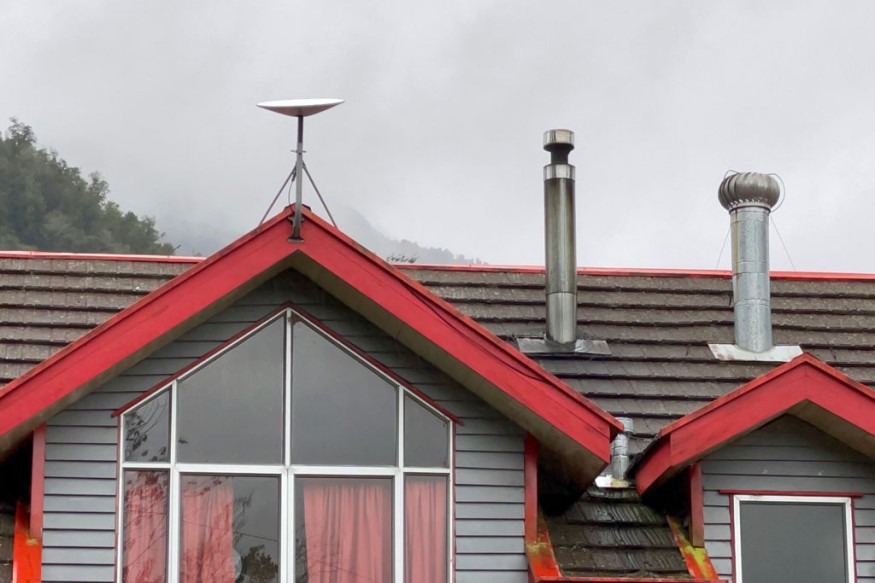The effort to construct the world's largest telescope facility has now expressed worry about the future era of satellite mega-constellations such as SpaceX Starlink.
To probe the furthest reaches of the universe, the Square Kilometre Array Observatory (SKAO) will link radio antennas throughout South Africa and Australia.
However, the telescope's regulatory body claims that if hundreds of telecommunications satellites begin flying overhead without consideration for the radio interference they may produce, the telescope's science would be badly harmed.

SpaceX Starlink Will Disrupt SKAO's Function
Because of interference from SpaceX's Starlink and other mega constellation satellites, the world's most giant radio telescope, SKAO may have a more challenging time looking for signs of life on other planets.
Federico di Vruno, SKAO's radio spectrum manager, told Space.com that the search for exoplanets and research into the furthest galaxies would also be hampered.
The emergence of internet-beaming mega constellations, such as SpaceX's Starlink broadband internet constellation, was not anticipated when astronomers began building SKAO in the 1990s.
While SKAO will employ protected radio-frequency channels that no one else can use, many celestial objects produce signals in areas that are used by humans on Earth; thus, the requirement for the most distant and protected places, according to Di Vruno.
The range between 10.7 and 12.7 gigahertz utilized by Starlink satellites to transmit the internet to ground-based user terminals helps solve some of the most intriguing astronomical puzzles.
ALSO READ : Is This $2.2 Billion Radio Telescope Facing Threat from Starlink Satellite Constellations?
According to di Vruno, the satellites will not totally blind SKAO in specific frequency channels. However, as the number of satellites in orbit increases, there will be more background noise to cope with.
About SKAO
Like SKAO, radio astronomy observatories use massive arrays of antennas to listen for faint radio signals generated by stars, galaxies, and planets throughout the cosmos.
These radio waves can travel on the same wavelengths as cellular telephones, terrestrial radio and television broadcasts, and wireless internet transfers. As a result, radio observatories have sought the most distant sites on the planet for decades to put their sensitive equipment.
SKAO will eventually consist of two arrays spread throughout sparsely inhabited areas in Western Australia and South Africa. These areas are even designated as radio-quiet zones by their respective governments. It means no cell phones, terrestrial radio, or television for those few individuals who live in those locations or visit the sites.
Other Large Satellites Worried About Starlink Satellites
The SKAO isn't the only astronomical research center concerned about mega-constellations. Since the launch of the first batch of Starlink satellites, astronomers have been debating the influence of the new technology on the future of ground-based universe study.
According to a report released in May 2020, astronomers constructing the Vera Rubin Observatory, a large field of view telescope now being built in Chile, anticipate spotting Starlink satellite trails in virtually all twilight photographs obtained by the observatory. Based on simulations, after all of SpaceX's 42,000 satellites are in orbit, up to 30 percent of Vera Rubin photos will have at least one satellite stripe in them.
The Starlink mega constellations' function will hurt the observatory's search for near-Earth asteroids coming from the sun's direction, according to the Zwicky Transient Facility in California. These potentially deadly asteroids can only be seen at dawn and sunset when the Starlink satellites are also the most visible due to their orbits' alignment with the sun and Earth at that time of day.
The influence of mega-constellations on astronomy was compared to light pollution in a paper produced by the American Astronomical Society (ASS) in October 2022. The research said the diffuse reflection of sunlight from the spaceship might brighten the sky by a ratio of two to three.
Check out more news and information on Neuralink in Science Times.










